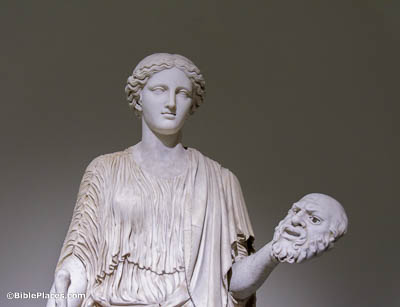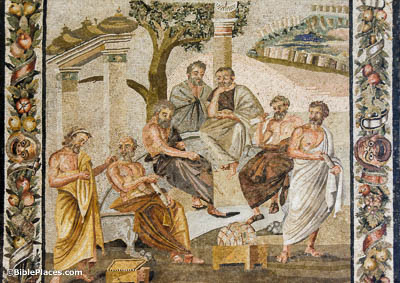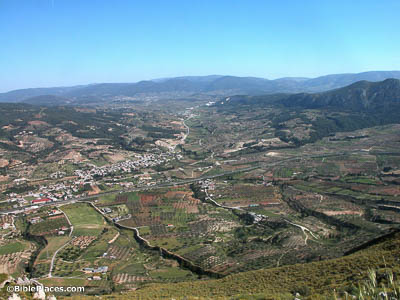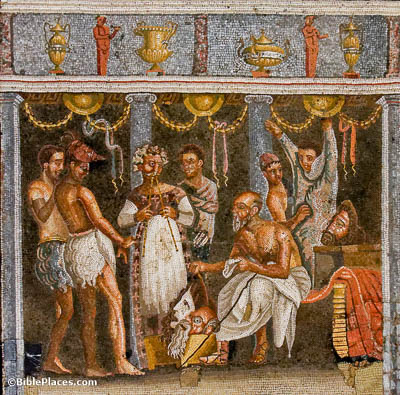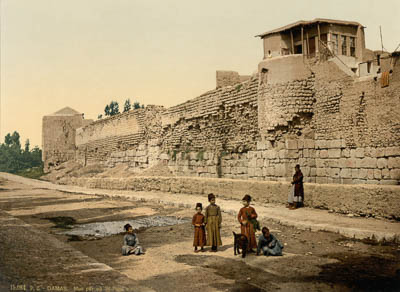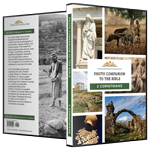I wish that you would bear with me in a little foolishness (2 Corinthians 11:1).
The “foolishness” here is Paul’s decision to boast of himself, something he generally avoided. In a sense, Paul is temporarily putting on a face that he does not normally wear, that of boasting. The idea is illustrated here by a statue of a woman holding a theater mask of an old man, which is clearly not her natural look. This statue is considered to be a copy of an original from the 5th century BC. It was photographed at the Naples Archaeological Museum.
